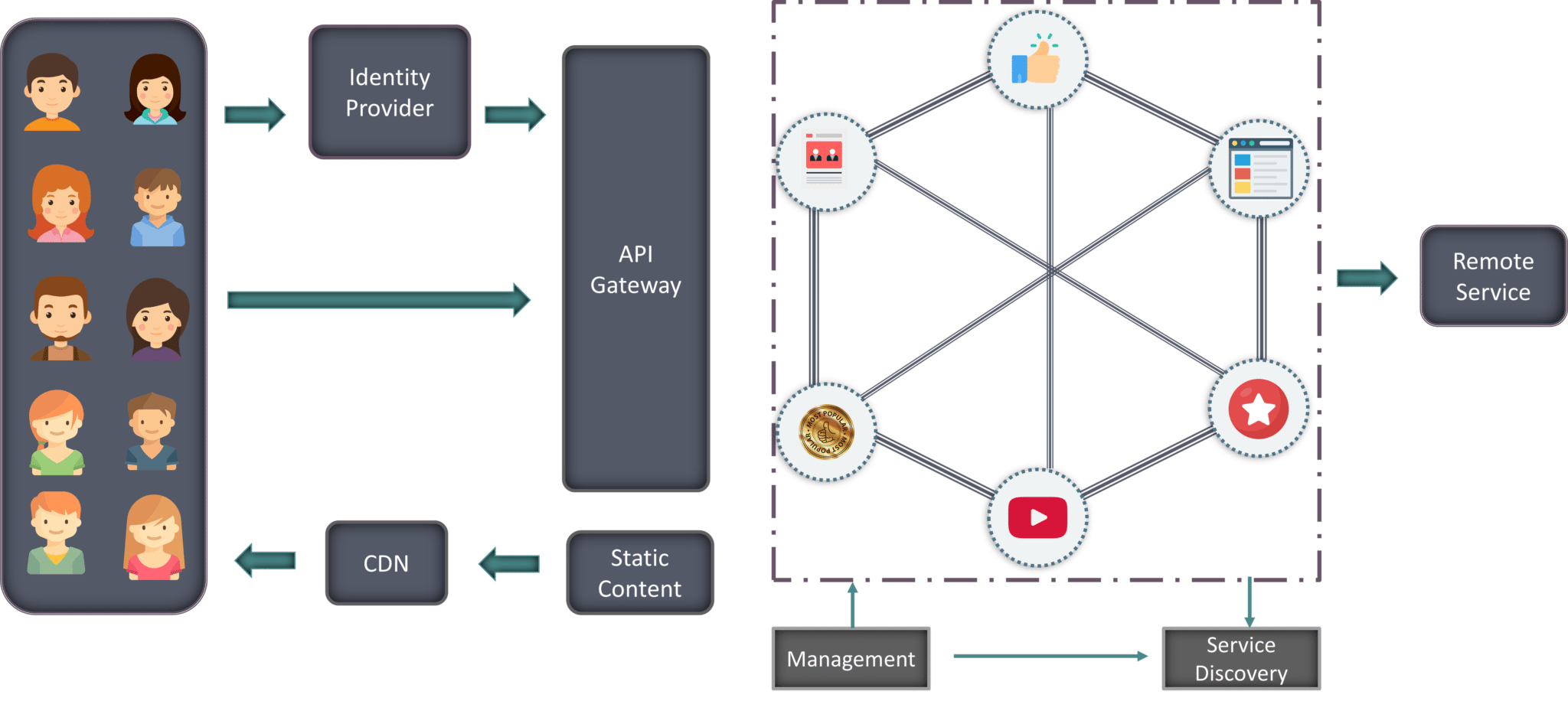

This means you can scale your services horizontally with technologies like Docker and Kubernetes without writing any customized code. Microservices lend themselves to containerization too, since they already are small applications with a limited set of dependencies.

Microservices are a great way to get there.Ĭloud platforms lend themselves to newer technologies like containerization. With microservices, you can scale horizontally with standard solutions like load balancers and messaging.Īlso, as more and more enterprises embrace the cloud, you’re probably looking that way, too. With monolithic systems, you usually end up “throwing more hardware” at the problem or purchasing expense and difficult-to-maintain enterprise software. Microservices improve your architecture’s scalability, too. They often find more opportunities to reuse code, also. They can iterate faster, address new features on a shorter schedule, and turn around bug fixes almost immediately. Since your teams are working on smaller applications and more focused problem domains, their projects tend to be more agile, too. This helps them come work faster, with lower costs and fewer bugs Developers can use the programming language that they’re most familiar with.

Since they communicate via messaging if at all, they’re not dependent on the same coding language. Microservices are small applications that your development teams create independently. Some of them are related to how they allow your developers to write code. There are many benefits to using microservices. These microservices can interact with other microservices and can have unique URLs or names while being always available and consistent even when failures are experienced. Each of the involved programs is independently versioned, executed, and scaled. Instead of large teams working on large, monolithic projects, smaller, more agile teams develop the services using the tools and frameworks they are most comfortable with. Microservices captures your business scenario, answering the question, “ What problem are you trying to solve?” These smaller programs are grouped to deliver all the functionalities of the big, monolithic app. You can structure big and complicated applications with simpler and independent programs that execute by themselves. You can create them using different programming languages and even different platforms. Instead of a monolithic app, you have several independent applications that can run on their own. Microservices can be thought of as a form of service-oriented architecture (one of the most critical skills for Java developers) wherein applications are built as a collection of different smaller services rather than one whole app. The services communicate with clients, and often each other, using lightweight protocols, often over messaging or HTTP. Microservices are an architectural style that develops a single application as a set of small services.
MICROSERVICES ANNOTATIONS LIST CODE
Today, we’ll take a look at microservices, the benefits of using this capability, and a few code examples.

Tools such as Service Fabric are rising to meet the need to think about and build apps using a piece-by-piece methodology that is, frankly, less mind-boggling than considering the whole of the application at once. Microservices are increasingly used in the development world as developers work to create larger, more complex applications that are better developed and managed as a combination of smaller services that work cohesively together for more extensive, application-wide functionality.


 0 kommentar(er)
0 kommentar(er)
